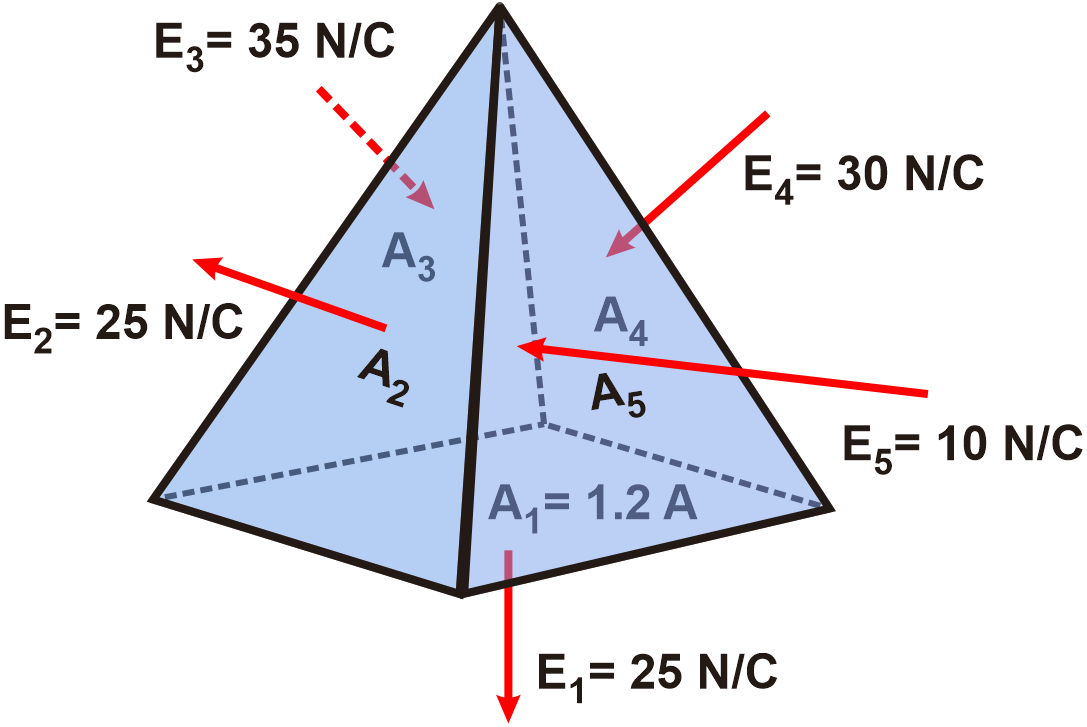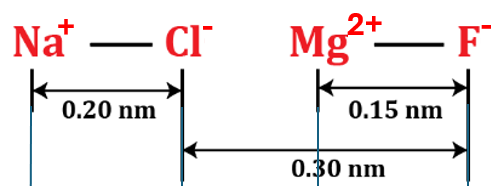- Download the worksheet to save time writing
- Start solving the practice problems
- If you're stuck, watch the video solutions
- See your summary to get more insights

If you have a container with 3.0 litres of water at room temperature and atmospheric pressure; what would be the total electrical charge of electrons in water?[Molar mass of water is 18.015 g/mol.]
Consider a scenario involving two ion pairs: NaCl and MgF. The charges of the ions are as follows: Na+ and Cl− have charges +1.00𝑒 and -1.00𝑒, respectively. On the other hand, Mg2+ and F− have charges +2.00𝑒 and -1.00𝑒, respectively, where 𝑒=1.602×10−19 C. Calculate the net electrostatic force between the NaCl ion pair and the MgF ion pair, considering the positive direction to be to the right. Hint: Ignore the forces between ions of the same pair.
A glass rod gets charged by rubbing it with a silk cloth and acquires a net charge of about -3.0 μC. What will be the percentage change in its mass if it initially has a mass of 12g?
Two decorative copper balls are 45.0 cm apart. Each ball has a mass of 0.0240 kg. Determine the number of electrons that should be transferred from one ball to the other to create an attractive force between the balls of magnitude 8000 N. Treat the charged balls like point charges.
There are two small glass orbs with a mass of 3.0 g each and a charge of -40.0 nC. Both orbs are measured at 3.0 cm apart, relative to their centers. How much electric force do the orbs exert on each other?

On a smooth horizontal surface, a 3.1 kg coin is positioned 4.5 m from an identical coin with an equal charge. When the force holding them is removed, they accelerate at 55 m/s2. Compute the magnitude of the charge on each coin.
The assembly of two charges below contributes to the electric field at point p in the image. Calculate the electric field at point p, giving the result using components.

An electric field of magnitude 300,000 N/C pushes a charged sphere of mass 3.2 g and charge 42 nC suspended by a thread, displacing it by θ degrees from the vertical. Find the value of θ.

The figure below shows that the electric field through each of the five faces of a pyramid-shaped object is constant. The pyramid-shaped object in question has four triangular faces with equal area A and a base with area 1.2 A. The electric fields, E1, E2, E3, E4. and E5 are perpendicular to the faces A1, A2, A3, A4, and A5 respectively. Determine whether the pyramid object contains positive, negative, or zero charges and explain your answer using the concept of electric flux.

A uniform glass globe rubbed with silk acquires a positive charge, Q. The charge is distributed evenly across the globe's volume. The globe has a radius of 15.0 cm. The strength of the electric field just outside the globe is 350.0 N/C. Calculate the electric field at 10.0 cm from the globe center.
Suppose that a certain spherical planet of radius 3200 km generates an electric flux of -2.14 × 1018 N•m2/C near its surface. Find i) the magnitude and ii) the direction of the electric field near the surface of the planet.
